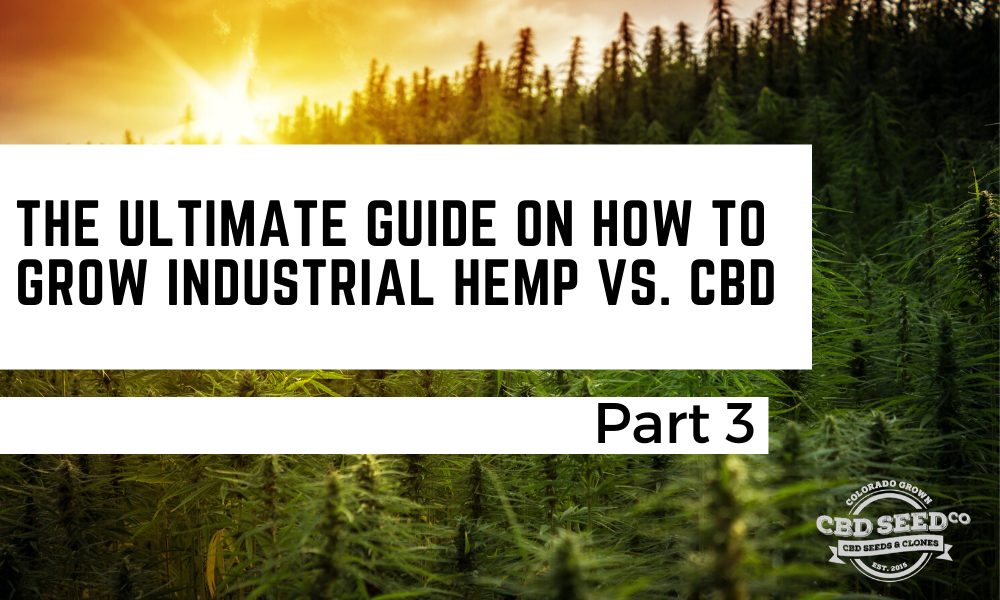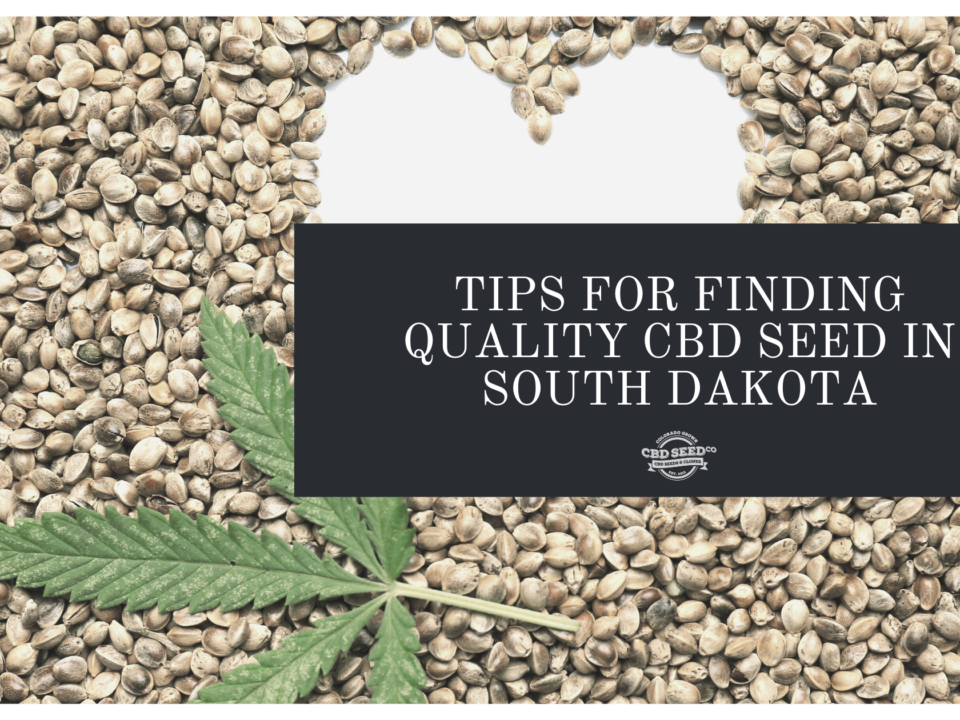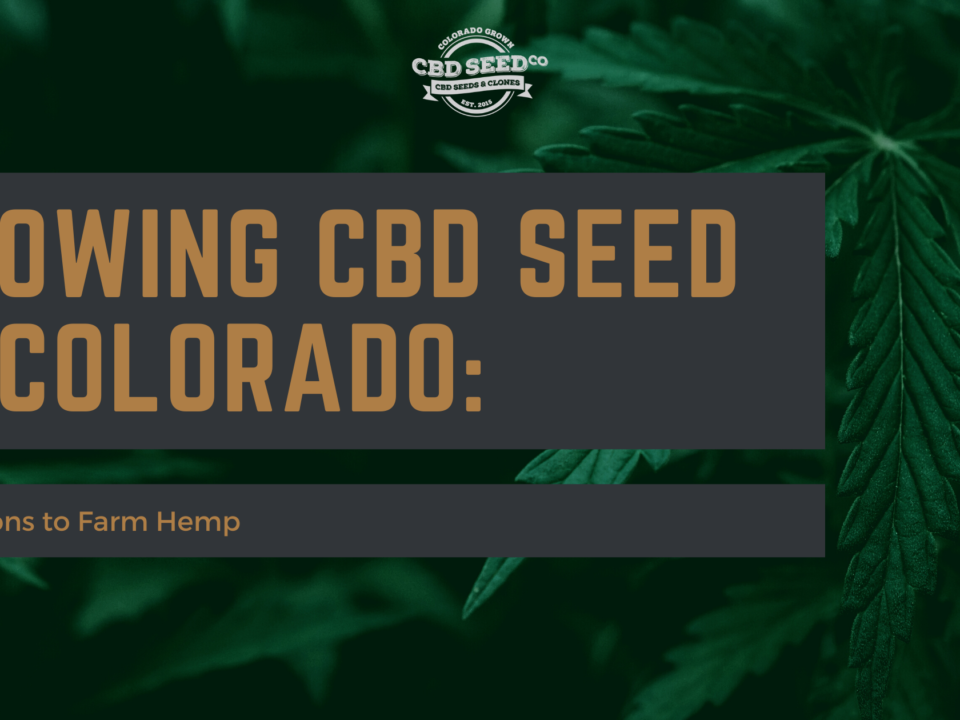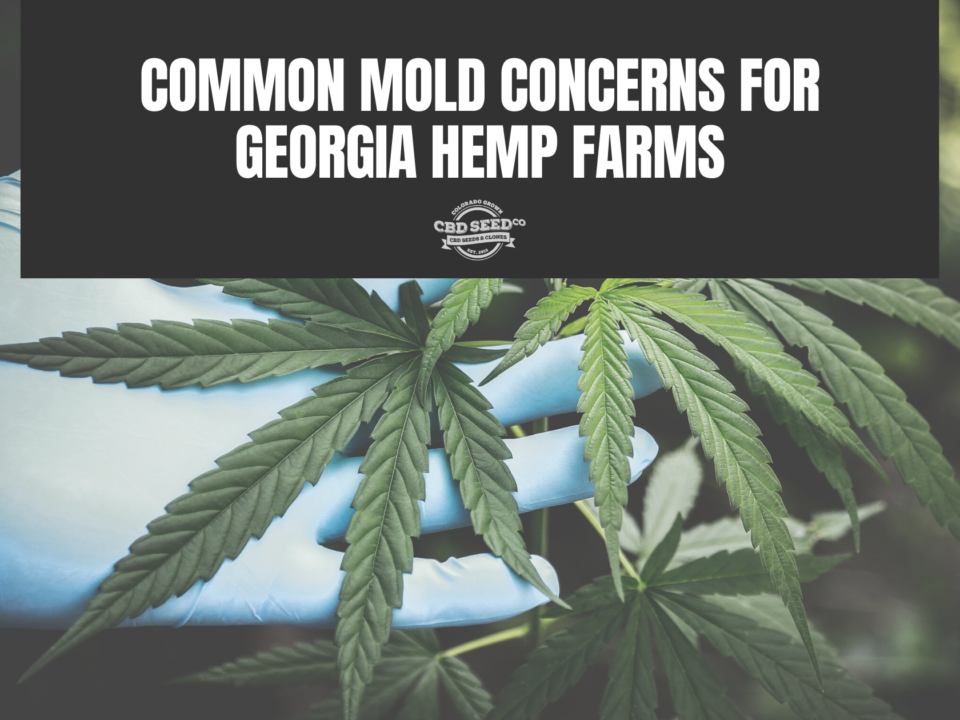The Ultimate Guide On How To Grow Industrial Hemp Vs. CBD Hemp Part 3:

The Ultimate Guide On How To Grow Industrial Hemp Vs. CBD Hemp Part 2:
February 24, 2020
The Ultimate Guide On How To Grow Industrial Hemp Vs. CBD Hemp Part 4
February 24, 2020In part 3 of our 4 part series we touch on the key differences between industrial fiber hemp and high CBD hemp from harvest to product.
Harvesting: Industrial Hemp Vs. High CBD Hemp
There are differences in both the when and the what when it comes to harvesting high-CBD hemp vs Agricultural hemp.
Harvesting CBD Hemp Plants
CBD hemp grows very fast in the beginning. But then slows down. As mentioned, this plant is, in general, a bit more labor-intensive than industrial hemp and this extends to the harvest too. The plant is ready when the THC levels are below 0.3% THC (as regulated by the US government) or about 100-120 days. Many farmers ultimately rely on the department of agriculture processor to tell them when it is time. Essentially if the tissue tested comes back under 0.3% THC–the crop is ready to come out. The machines used to pull them out vary and most farms have their own methods. The issue with traditional farming machines is–they destroy the delicate CBD flower. Harvesting machines that pull the entire CBD hemp plant out of the ground have been invented and are in use. However, many farmers hand-cut plants out at ground level using good old-fashioned tobacco knives or shears. The plants are then hauled away and dried. Drying CBD hemp is a rabbit hole of its own but could use one or many of the following:
- Dehumidifiers
- Fans
- Heat
- Racks
- Mechanical dryers (likely to become the go-to method)
Depending on the method, drying takes about two weeks. After this time, the dried remains of the plant are stripped and run through a hammer mill. In lower-quality hemp, the entire plant is used. For higher quality CBD hemp the buds are separately trimmed off] for premium oil or distillate products There are many ways to extract the oil from a hemp plant including CO2, Hydrocarbon, and Ethanol extraction. Each yield different results and therefore are often used in different products.
Industrial or Agricultural Hemp Harvesting
Hemp plants used for fiber are ready fast; about 60 days after agricultural hemp is planted it is ready to harvest. It is harvested when plants are between early bloom and seed set. This timing will affect the quality of the fiber. Like CBD hemp, the plant is tested for THC levels by the department of ag–and harvested when it comes back at 0.3% THC%. Harvesting fiber hemp is difficult because its stalks are incredibly strong and fibrous. It tends to damage almost any traditional harvesting machine: haybine and disc mowers included. Some farmers have found success using a sickle bar mower, allowing it to dry and then following with a rotary rake. Other countries where hemp has not been outlawed have much better equipment for harvesting agricultural hemp. However, as hemp growing in the US increases the technology will be worth an investment and more readily available. After harvesting, the hemp plant stem is separated into different components. Of these, the inner core/bast is the most valuable. There are many different processes the hemp goes through next to produce any one of the many industrial hemp-based products we use today.
NEXT UP: Hemp Products! In our final installation, we will explore the many products both industrial hemp and high CBD hemp help to create!
CBD Seed Co for all your Hemp Farming Needs
A part of one of the nation’s largest and most successful vertically-integrated hemp companies--CBD Seed Co hub for all your hemp needs. From Seed to sale we have the products and the know-how to accelerate your hemp business fast. Contact us today with questions on any aspect of the hemp business that interests you–we will be happy to work with you towards your success!





